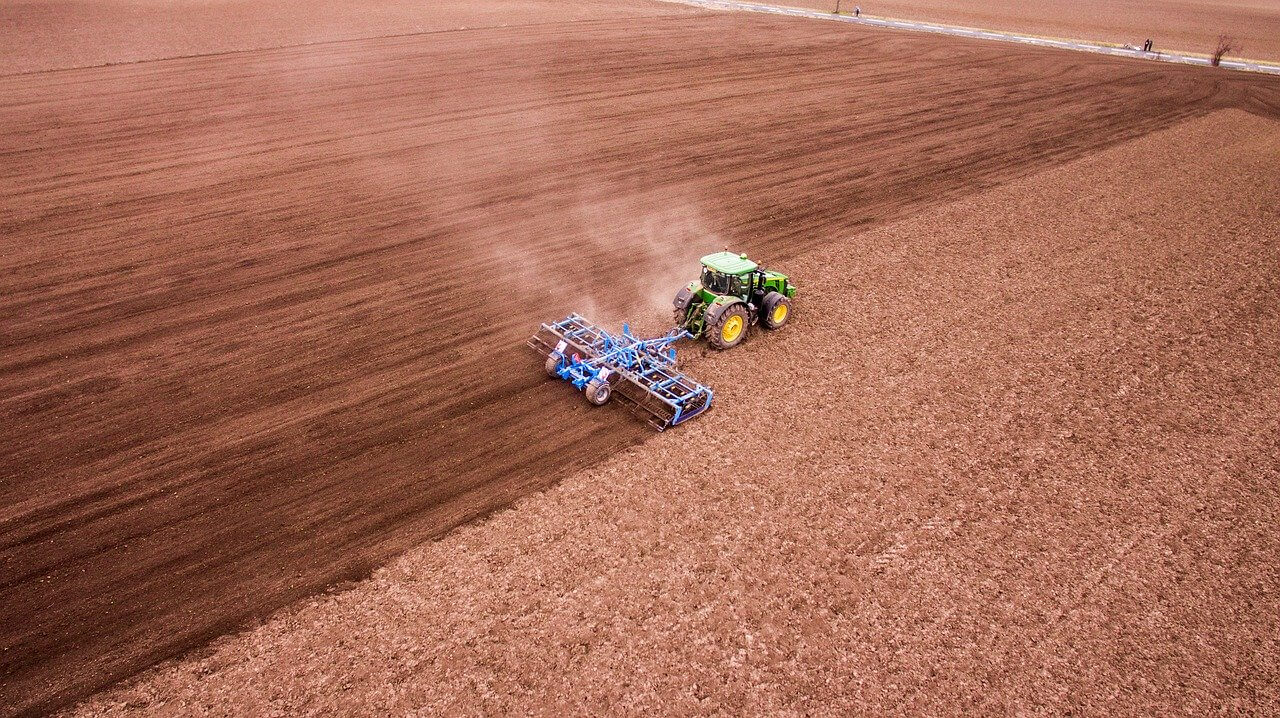No matter what kind of tractor you have or how big or small the job you have in mind, rollover protective structures (ROPS) are absolutely essential for safety. The fact of the matter is that more than half of the tractor related deaths reported in the United States are caused by lack of these very important structures. Read on to learn more on what does rops mean on a tractor.
What You'll Learn Today
Is Tractor Rollover Common?

A tractor can rollover as a result of a wide number of negative circumstances including:
- Distracted Operator
- Excessive Speed
- Rough Ground
- Uneven Ground
… and more.
ROPS can’t stop tractors from rolling over, but they can protect the operator against being crushed by the tractor. This is why the United States’ Occupational Safety and Health Administration (OSHA) makes ROPS a requirement, along with seatbelts in tractors operated by people employed in the United States.
ROPS History

ROPS have been available in the United States since around 1965; however, they were not available for installation in new tractors until the middle of the 1970s. By 1985, they had become standard equipment in all new tractors.
Even so, there are still quite a few tractors that do not have ROPS. These tractors are, more-or-less, death traps and contribute a great deal to the number of tractor operators who die in tractor accidents.
The fact is that the use of ROPS and seatbelts is almost 100% effective at preventing death caused by tractor rollover.
How Does ROPS Prevent Tractor Rollover Fatalities?
This video shows how to set up an ROPS safety demonstration, in the process, it also shows exactly what can happen to tractor operators who don’t have ROPS or don’t use the safety features correctly.
Tractor Safety
Three ROPS Types
There are three main types of rollover protection for tractors. They are:
1. Rollover Protective Frame
This structure may be either a two post or a four post frame that is mounted securely to the tractor’s main body. It’s very important that the tractor operator also use the seatbelt that comes with this type of rollover protection.
2. Folding Rollover Protection
With this type of ROPS, the top portion folds down to make it possible to maneuver the tractor under low overhead clearance. This is a good option for tractors that are used in areas such as orchards.
3. ROPS Enclosure
This type of ROPS provides a protective enclosure that consists of the protective frame and a glass and metal enclosure surrounding the operator. This protects the operator from the elements, as well as wind, dust, noise and chemicals. Even though the operator is inside, he or she must also use seatbelts for full protection.
Not All Enclosures Provide Safety

It’s important to note that there are some older tractors that have enclosures, but these are not safety features. The enclosures on older tractors were only meant to provide more comfort to the operator.
If in doubt, examine the operator enclosure for an ROPS certification label. Alternately, contact the manufacturer.
What can you do if your tractor is not ROPS equipped?
Contact the tractor’s manufacturer or a local dealer to find out if a retrofit kit is available. If so, have the tractor retrofitted for safety. If there is no kit available, don’t use that tractor.
When you retrofit the tractor, be sure to install the seatbelt. Also be sure that any tractor that has rollover protection also has seatbelts. The use of these two safety features together is absolutely essential.
What can you do to prevent tractor rollover?
Follow these tips to avoid having your tractor rollover:
- Keep your wheels a minimum of 10 feet away from steep slopes, riverbanks and ditches.
- If a front tire veers into a ditch, recover slowly. Don’t steer sharply.
- Observe weather and road conditions, and don’t speed.
- For high-speed road travel, lock brake pedals together.
- While moving, keep the front end loader bucket low.
- When going downhill, use engine braking.
- Wheels should be as wide set as possible.
- Never allow front wheels to balance.
- Go slow and maintain control.
- Don’t cross steep slopes.
- Slow for turns.
Avoid rear-end overturn by following these tips:
- Stabilize the tractor through the use of front weights.
- Move forward slowly, and only alter speed gradually.
- Be sure loads are hitched at the drawbar.
- If stuck in mud, back out or get a tow.
- Detour around ditches.
- Don’t back downhill.
Always Follow All Safety Precautions!
Remember that the majority of rollovers are caused by excessive speed, unsafe driving conditions and/or operator error. Be cautious and careful when operating a tractor, including driving on the road. Be sure to use all safety features including ROPS, seatbelts, flashers, reflectors, wide load sign and more.
Very interesting to know. Thank you for sharing this article.